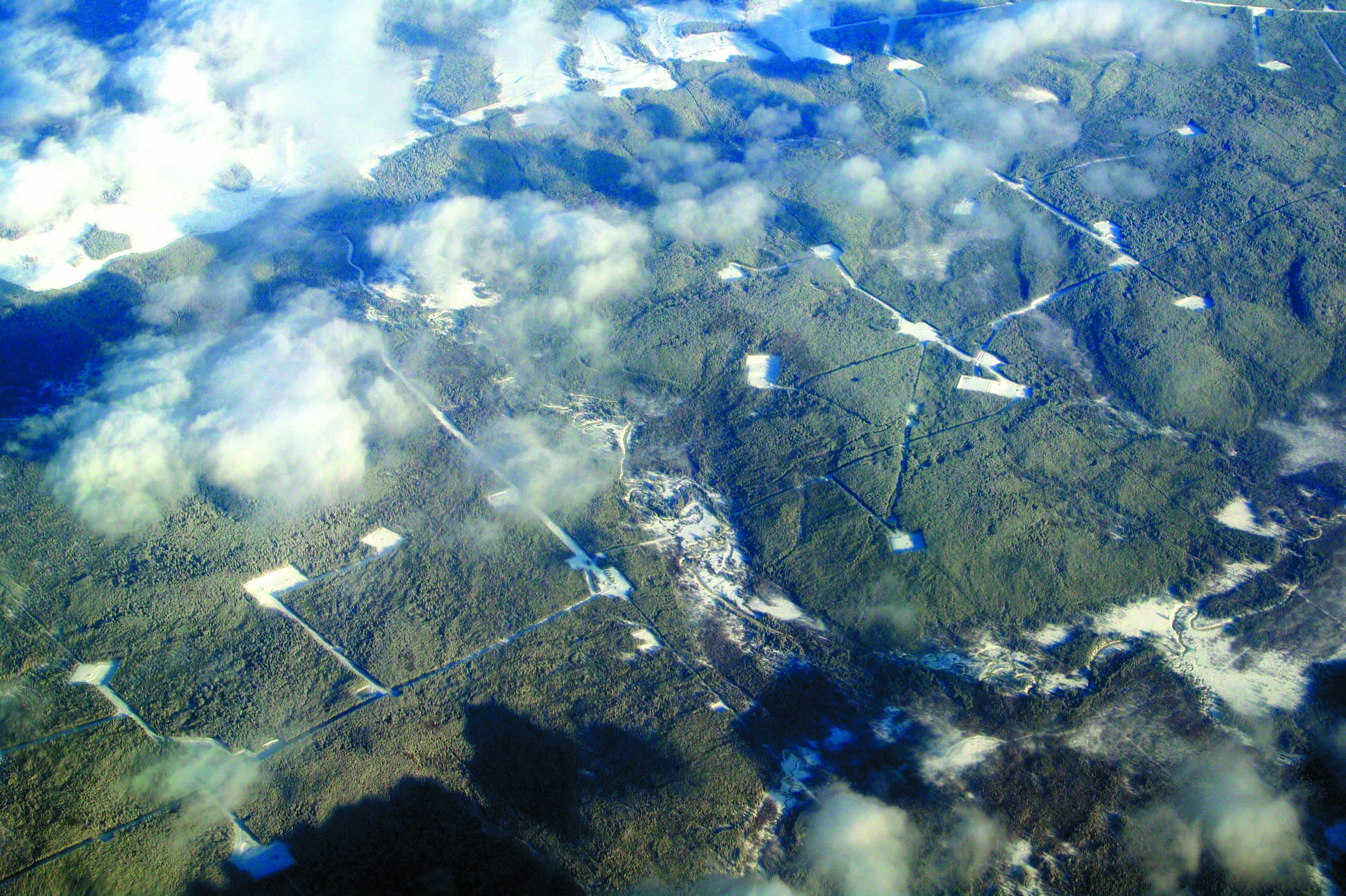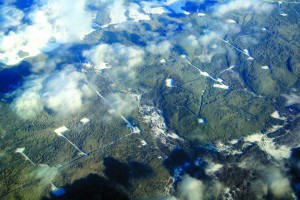Guest post by Kathryn Ross
Media and Public Relations Coordinator, Canadian Water Network
Hydraulic fracturing–also known as fracking–is a method used to extract unconventional oil and gas resources; in Canada, over 80% of the development of these resources has occurred in the west. Hydraulic fracturing is a topic of major public concern, particularly given the environmental impacts, along with the effects of this type of development on cultural, social, and economic conditions. Conversations about hydraulic fracturing go hand in hand with conversations about water: its use, management, protection, and its ecological and socio-economic impacts.
In October of this year, Canadian Water Network (CWN) issued the report Water and Hydraulic Fracturing: Where knowledge can best support decisions in Canada. This report is designed to help us make evidence-based decisions about hydraulic fracturing by identifying what we do and don’t know, and helping create targeted research programs to fill our knowledge gaps. The report emphasizes the importance of ensuring that leading science underpins any decisions about hydraulic fracturing.
The report draws specifically on five CWN-funded projects that focused on the knowledge gaps areas involving hydraulic fracturing and water, including:
- Watershed governance and Aboriginal issues
- Groundwater and subsurface impacts
- Wastewater management
- Impacts of hydraulic fracturing on surrounding water resources
These projects involved over 70 researchers from 18 universities across Canada, along with 20 partners, including Aboriginal organizations, government, industry, and non-governmental organizations. The report also draws on the collective experience and expertise of federal, provincial, and territorial government and industry representatives.
The majority of key questions highlighted by these projects can be grouped into one of three overall contexts:
- Deciding where and when hydraulic fracturing does and doesn’t make sense
- Informing best practices and regulations for hydraulic fracturing
- Engaging constructively and effectively with all stakeholders
By focusing specifically on what we need to know within these three contexts, the report provides practical solutions to increase our knowledge of hydraulic fracturing and water in Canada, knowledge that’s critical for making evidence-based decisions on this topic.
- Deciding where and when hydraulic fracturing does and doesn’t make sense
To determine where and when hydraulic fracturing does and doesn’t make sense requires a comprehensive socioeconomic cost-benefit analysis. This analysis must be credible and inclusive, taking into account the pros and cons of hydraulic fracturing that are relevant to the community and stakeholders, such as job growth, increased revenue, impacts on biodiversity, among others. We also need to consider the cumulative effects of hydraulic fracturing on regional water supplies, particularly on groundwater conditions and deep saline resources. Water availability is another key consideration: is there enough water currently, and will there be enough in the future to meet the demands of both industry and regional stakeholders? Water availability can be maintained by developing water conservation strategies, such as reusing water – or using alternatives to freshwater – in the hydraulic fracturing process. Finally, we need a better understanding of the risks of hydraulic fracturing to human health and local water contamination, particularly in terms of any potential toxic effects.
- Providing data to inform best practices and regulations
In order to obtain appropriate data to inform best practices and regulations, we must establish effective baseline water quality and quantity monitoring that will allow us to track and understand changes to human and environmental health. This requires the design of cumulative effects monitoring and assessment programs, and of management plans to address the potential local, landscape, and watershed-level impacts of hydraulic fracturing. These data need to be accessible, so that we can better understand human and environmental toxicity and risks; standardization of data formats would make it easier to compare and analyse results across the industry. We also need more information to quantify the risks related to groundwater contamination, and to improve wastewater management. This includes the consideration of human and environmental health risks associated with potential contaminants in injected fluids, flow back, and produced water.
- Engaging constructively and effectively with all stakeholders
There has never been a rigorous and comprehensive national assessment of Canadians’ opinions about hydraulic fracturing, or the rationale behind these opinions. Gauging public opinion on water and hydraulic fracturing across Canada could help us determine how best to engage all stakeholders. Trust is a crucial dimension of engaging constructively with all stakeholders, which can be fostered through increased transparency and effective water governance, and more collaborative or watershed-based governance in remote and rural regions. Finally, we need to compare and share the experiences and knowledge of Aboriginal communities across North America with respect to water governance and hydraulic fracturing.
By pulling together the outcomes of a range of CWN-funded projects in this report, we’ve been able to identify several opportunities for governments and industry to improve overall engagement, understanding, and buy-in to hydraulic fracturing projects. These include identifying the key benefits and costs, clarifying the short and long-term risks or potential negative aspects associated with development choices, and increasing Canada’s capacity to effectively manage hydraulic fracturing across the country.
Given the complex questions and knowledge gaps surrounding hydraulic fracturing activities and water, CWN’s next step is to develop a survey for all stakeholders: federal, provincial/territorial, municipal and Aboriginal governments, industry, NGOs, and the academic community, to determine which of the water-related knowledge needs highlighted in the report are of highest priority to them in making future decisions regarding hydraulic fracturing.
Falling oil and gas prices have slowed the current pace of oil and gas development. However, while it is difficult to predict the long-term trajectory for the industry as a whole, we can expect that unconventional reserves in Canada will continue to be developed. The current slowdown thus provides an opportunity to focus on research most needed by decision makers.
We invite you to share your thoughts in the comment section below.





